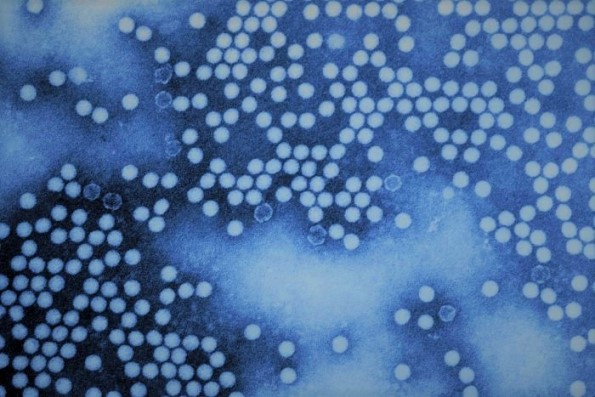Poliomyelitis, more commonly called polio, is a devastating infectious disease of the central nervous system caused by the poliovirus (a type of enterovirus), which has three types in the wild (types 1, 2, and 3). Wild types 2 and 3 were declared eradicated worldwide in 2015 (last appearing in India) and 2012 (last appearing in Nigeria), respectively. However, wild type 1 remains in circulation in a few locations around the world. Prior to 2020, three countries were not yet declared free of polio: Afghanistan, Pakistan, and Nigeria. Now, however, through a steady and comprehensive immunization program, Nigeria has gone more than three consecutive years without a single reported case of transmission of the wild type-1 poliovirus. As such, in late August 2020, the World Health Organization and the Africa Regional Certification Commission declared Nigeria to be free of all forms of the wild poliovirus. (The absence of detection of the poliovirus in the wild for at least three consecutive years is a necessary requirement for any country to be designated as having eradicated polio.) With the removal of Nigeria from the list of countries with instances of polio, epidemiologists were able to certify and declare all 47 countries in Africa to be wild poliovirus-free. Thus, Africa is now considered to have eradicated polio. See also: Enterovirus; Infectious disease; Polio eradication; Poliomyelitis; Virus

Historically, polio has been known since ancient times. More than 3000 years ago, Egyptian artists drew hieroglyphics that depicted individuals with the most obvious outward signs of polio: withered arms and legs. These symptoms are the result of the poliovirus's capability to enter and infect an individual's central nervous system, potentially causing permanent paralysis of the limbs (typically the legs). Although less than 1% of all polio cases reach this specific result, paralysis also can affect respiratory muscles, leading to death in about 5–10% of all infected cases. See also: Central nervous system; Muscular system disorders; Nervous system (vertebrate); Nervous system disorders
Polio can be prevented by two vaccines—inactivated poliovirus vaccine (IPV; Salk vaccine) and live attenuated poliovirus vaccine (oral polio vaccine, OPV; Sabin vaccine). The vaccination campaign in Nigeria required decades of hard work and dedication on the part of scientists and their staff. In the course of their efforts to vaccinate as many Nigerians as possible (more than 95% of the Nigerian population is estimated to have been immunized), many remote locations, often in the midst of militant and civil violence, had to be reached. Nomadic populations also had to be properly located and vaccinated. Although Nigeria (along with the rest of Africa) is now free of the wild poliovirus, circulating vaccine-derived polioviruses remain in various regions of Africa, including Nigeria, Angola, the Democratic Republic of the Congo, and the Central African Republic. Circulating vaccine-derived polioviruses are genetically mutated forms of the virus that emanate from the oral polio vaccine and infect nonimmunized individuals. Thus, although rare, transmission of the mutated poliovirus strains can occur in populations where immunization is relatively low, potentially leading to isolated outbreaks of paralytic polio. So far, in 2020, 177 cases of polio caused by circulating vaccine-derived polioviruses have been reported throughout Africa. As such, strong immunization efforts, along with vigilance and proper surveillance of communities, must persist in Nigeria and other areas where circulating vaccine-derived polioviruses are detected. See also: Mutation; Public health; Vaccination





